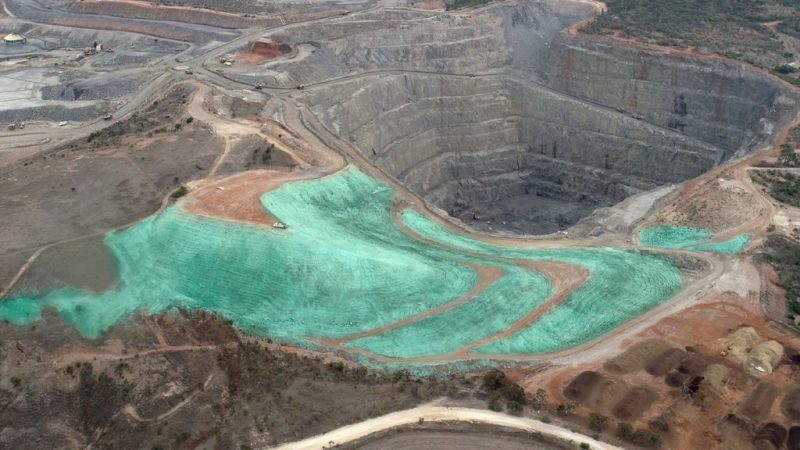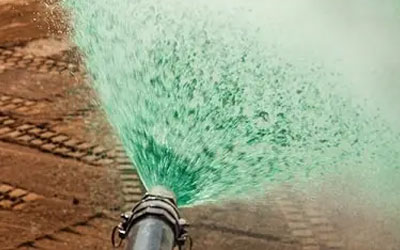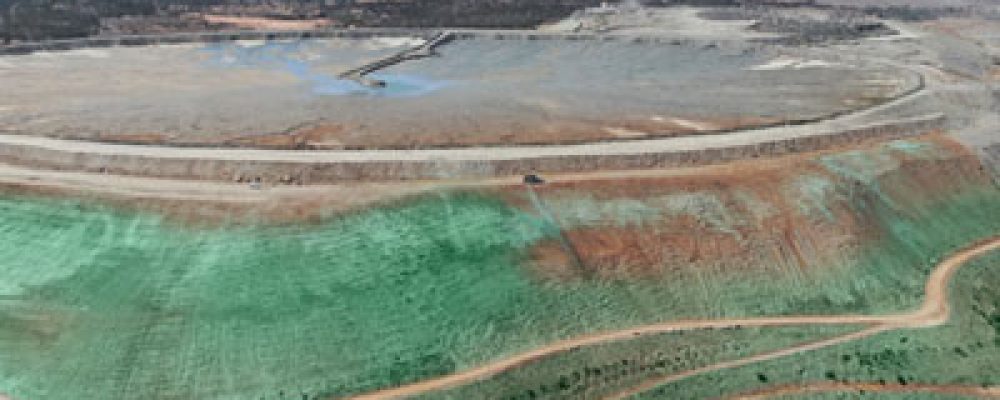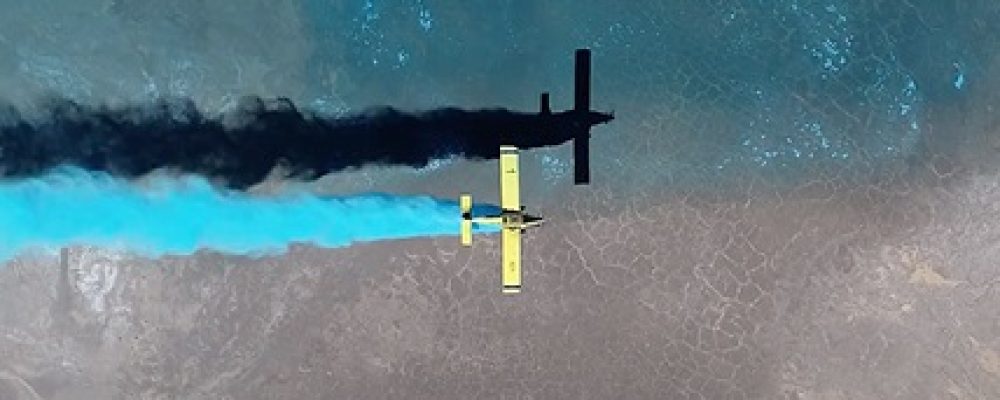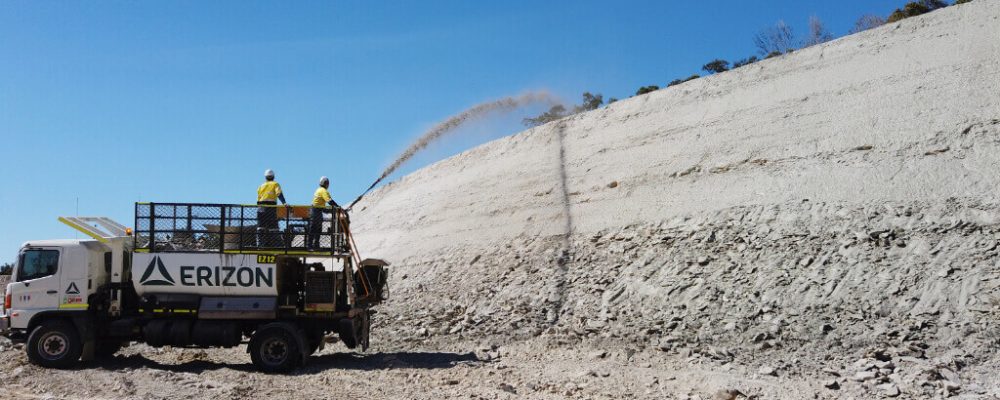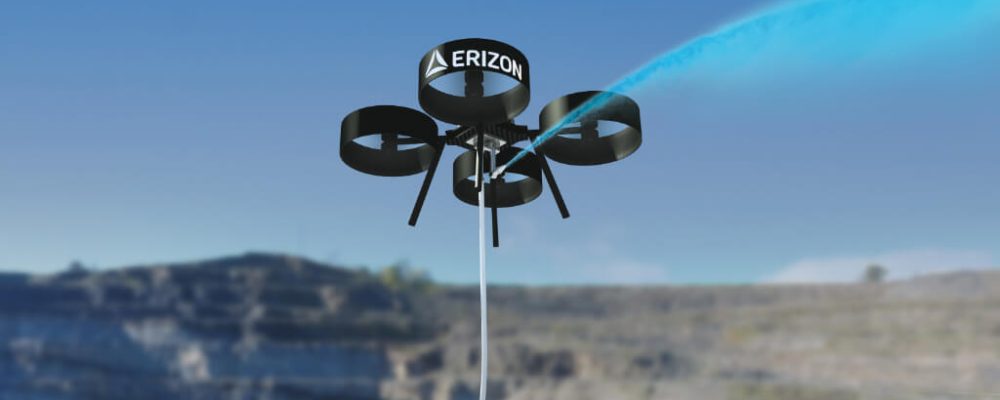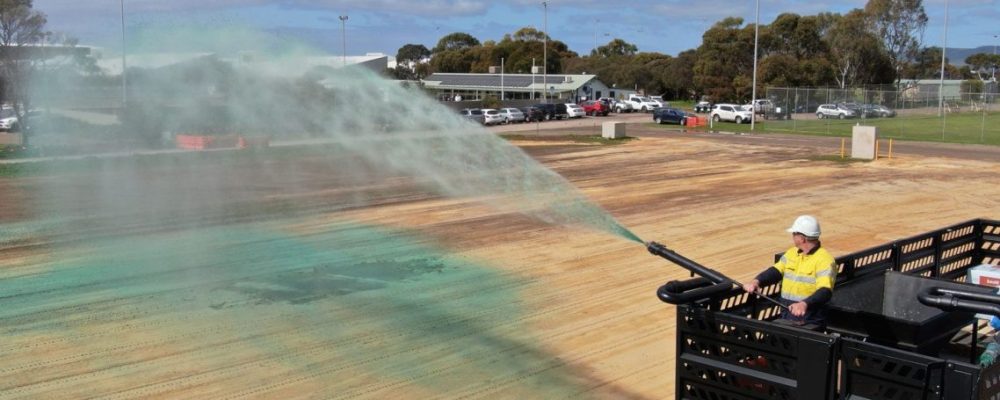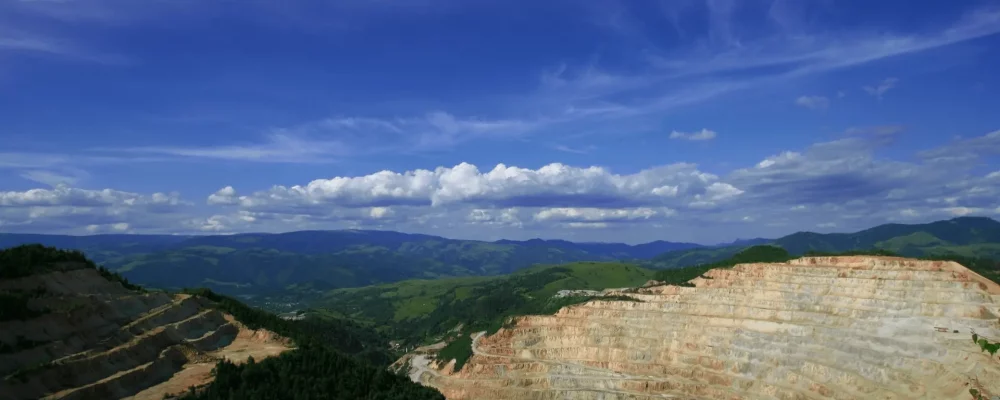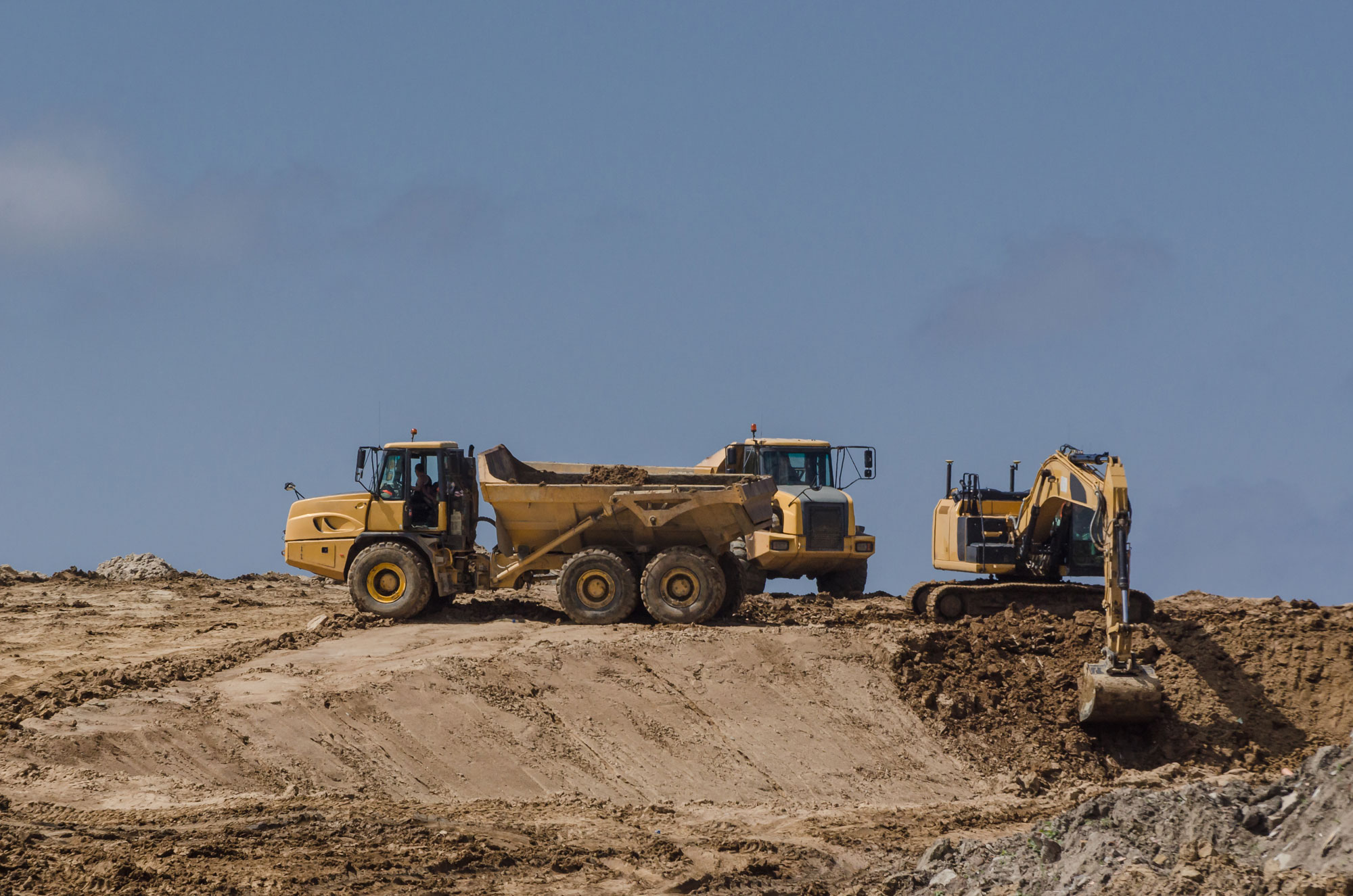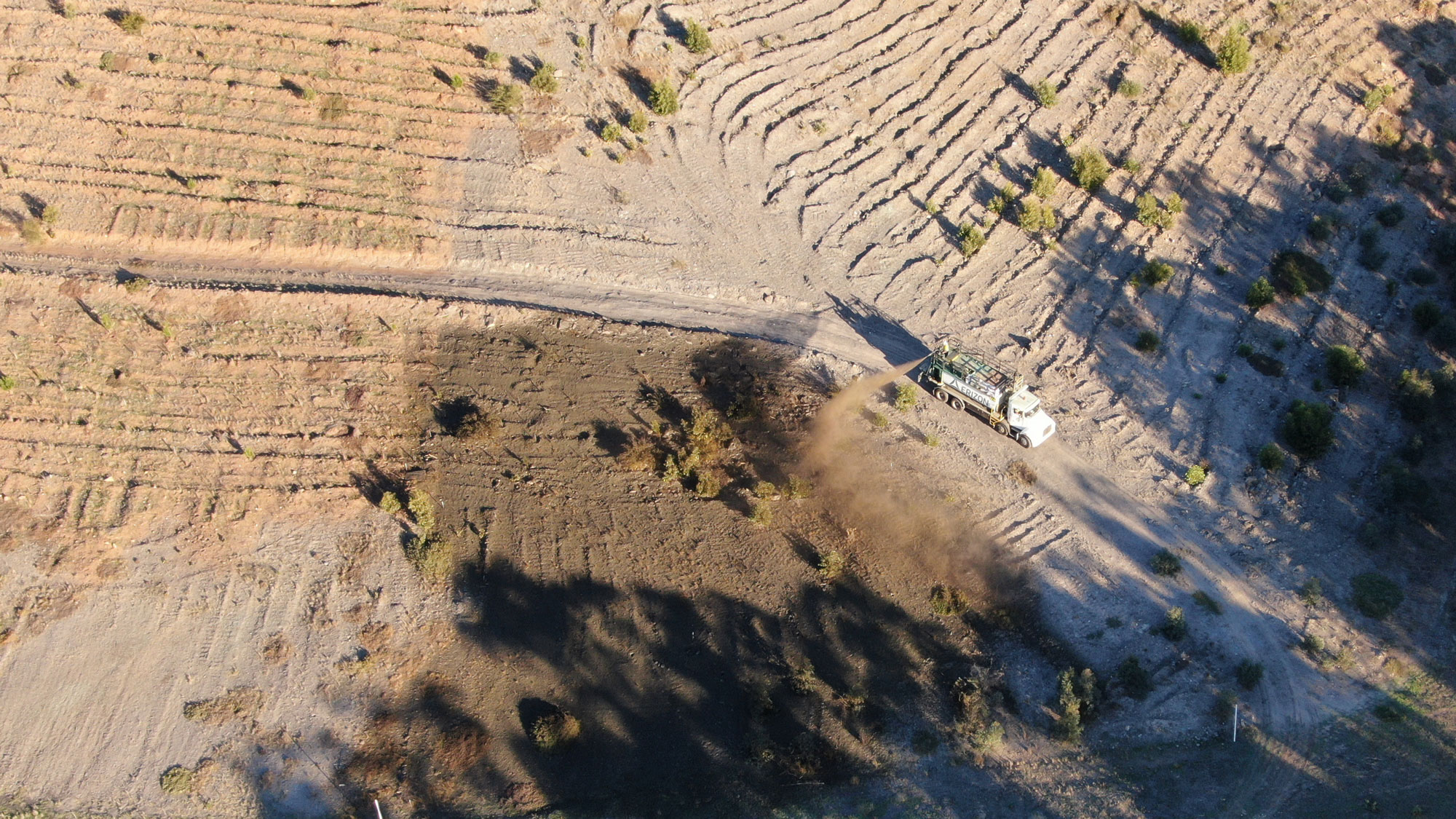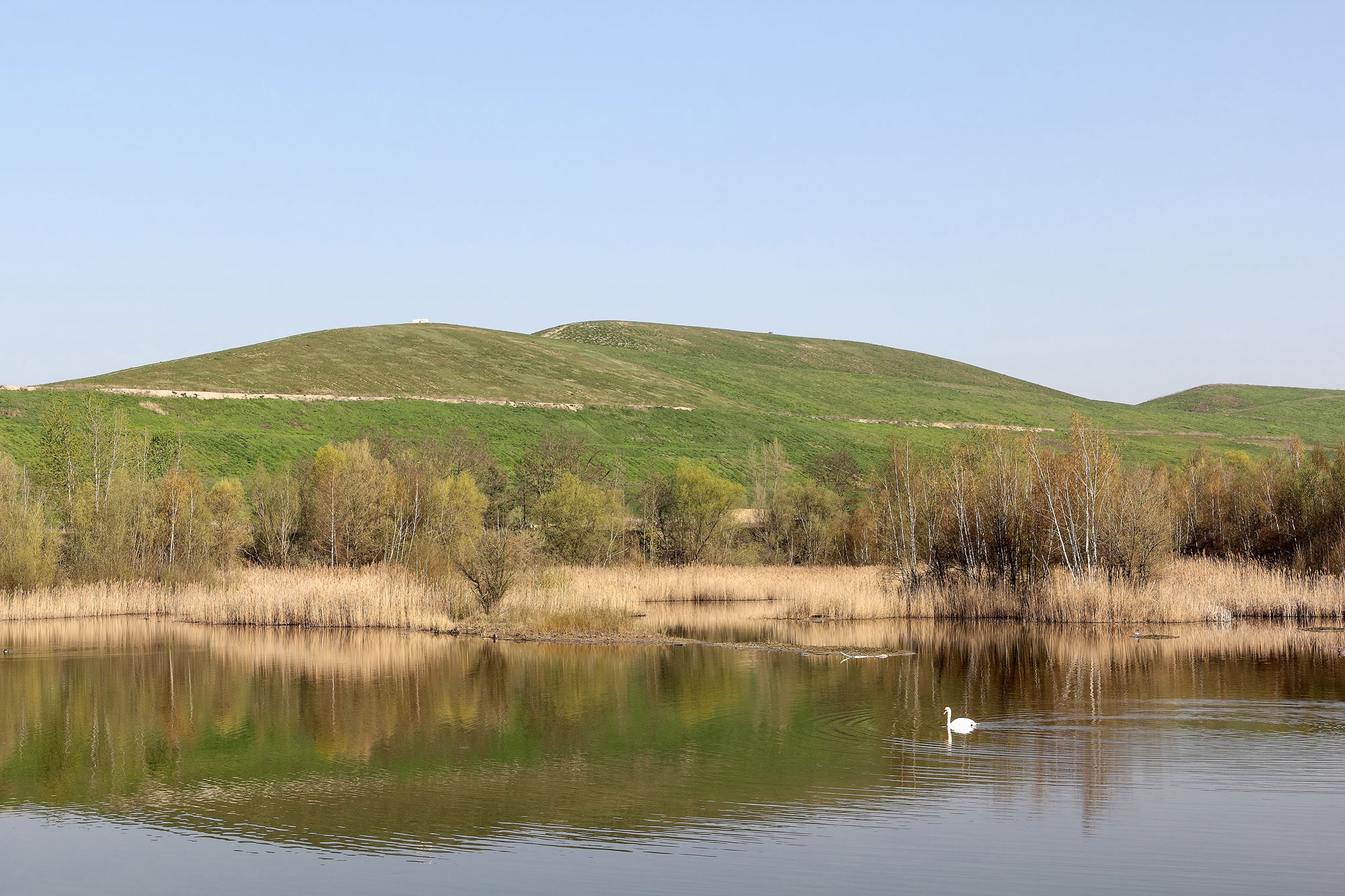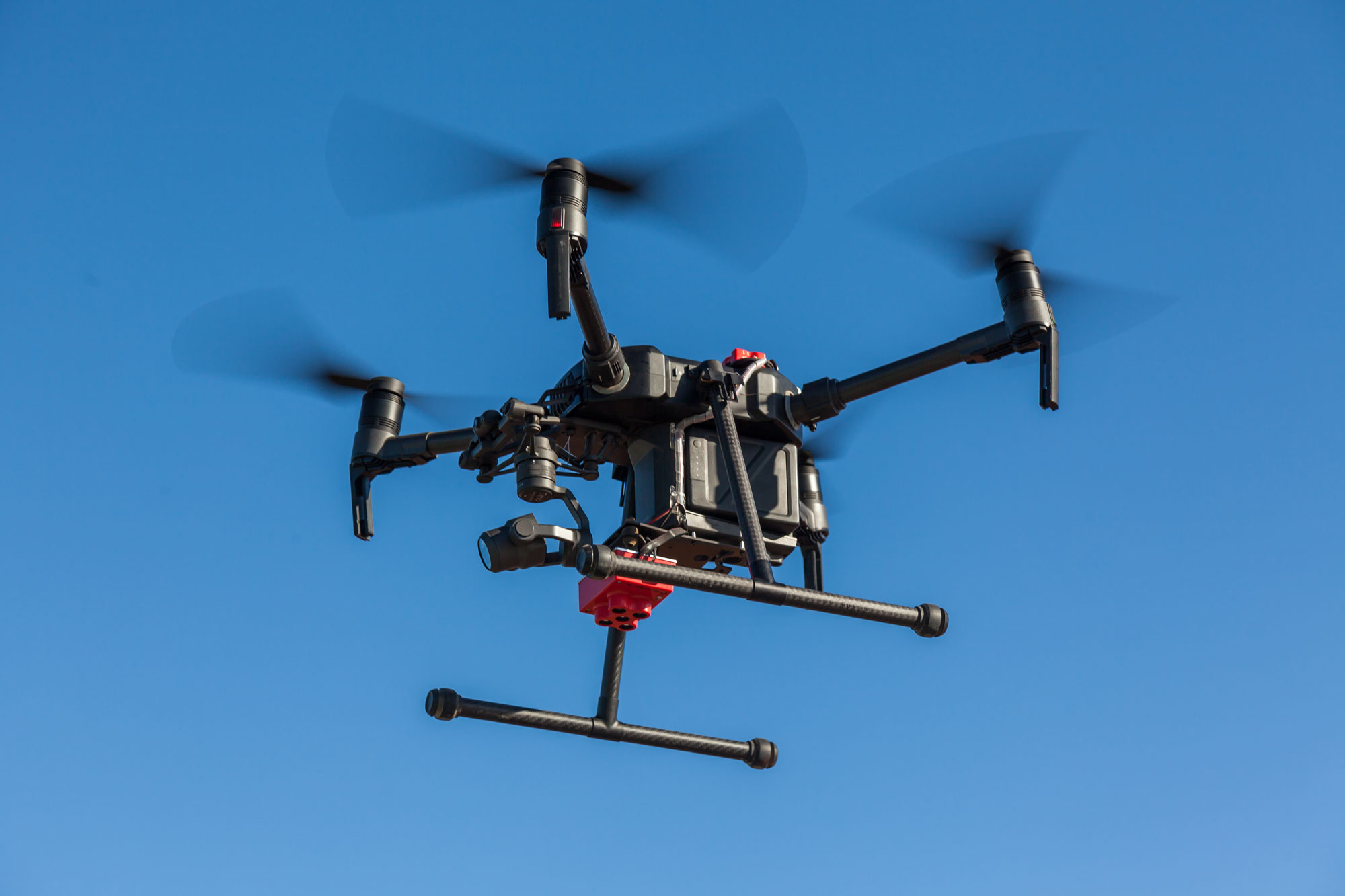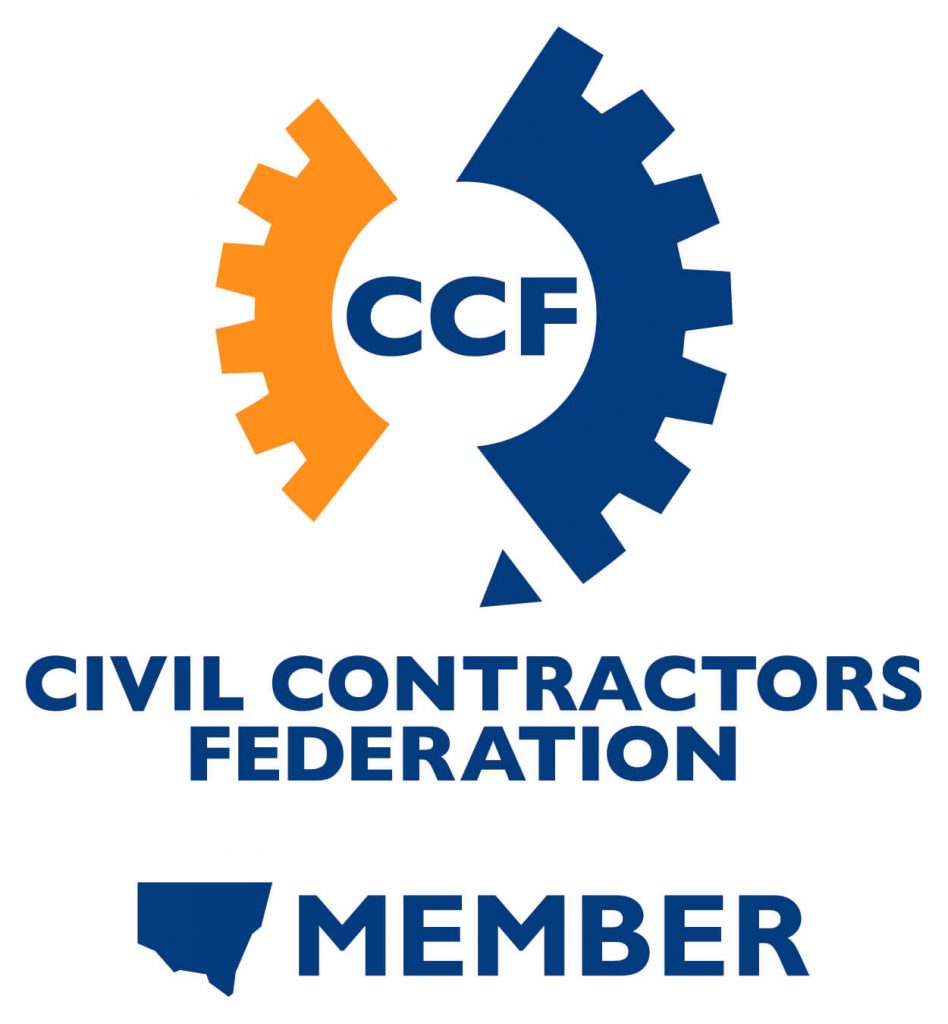Mine Reclamation
Mine reclamation is the process of restoring the environment for post-mining use once mining operations have ceased. This is done to mitigate the destructive effects caused by mining and to ensure the return of a sustainable ecosystem. Mine site reclamation involves four key stages: contouring the land, replacement of topsoil, land revegetation, and monitoring the ongoing progress until the land is completely reclaimed.
Contouring the land
Once mining operations have finished and the equipment and buildings have been removed from the site then reclamation can begin. The first step of mine site reclamation is contouring the land the match the original topography as closely as possible. This can include rebuilding or leveling hills and mounds or filling in pits and gullies. Mining can often drastically change the contour of the land and in cases where the aim is to return the previous ecosystem it is important to correct the topography.
Replacement of topsoil
When mining begins, the topsoil should be removed and saved for later use. Once the land has been contoured to the original topography the saved topsoil is then returned. During the process of relaying the topsoil care should be taken to ensure the soil isn’t compacted. To accomplish this the normal method is for trucks to dump the topsoil in mounds across the area, then a light bulldozer is used to level and grade the area. It’s important to use the lightest equipment that will get the job done while ensuring as few passes across the area as possible. Equipment with rubber tires should be avoided for the final grading as rubber-tired equipment focuses its weight on a smaller footprint which creates more surface compaction. Tracked equipment spreads the weight more evenly and should be the choice for the final grading step. Additionally final grading should be done when the topsoil is dry. If the topsoil is wet or damp the pressure from the equipment can cause much more compaction than if it was dry.
It is important that the topsoil is not compacted for two key reasons. The first being so that the vegetation in the next stage has optimal growing conditions. Loose soil promotes healthier and faster growth for vegetation due to better air and water flow. The second reason is to help prevent erosion. If rainfall or water run off can’t infiltrate the soil it will run off along the surface which is when erosion becomes a problem. Due to a low compacted surface gullies should not form, however if they do it may be better to stabilise the gullies rather than regrade the surface. Regrading the surface will result in further compacting the soil, potentially resulting in more erosion.
In areas where the topsoil wasn’t originally removed but has been compacted due to traffic and equipment in can be important to loosen the soil. Tilling or ripping the soil with a deep plow or ripper blade attached to a dozer can solve most compaction issues on mine sites. The requirements for effective loosening of the soil will change with the soil composition. For example, soils with a high clay content may need to be tilled in two different directions to cut across each other. An expert like Erizon will be able to test the soil and know the best process for loosening the soil.
The third stage of the reclamation process is to revegetate the location to help re-establish a healthy ecosystem. One of the most important considerations during the revegetation process is the choice of vegetation. A mix of different local species is almost always a good choice, often bushes and grasses are the best option. The revegetation process itself can be complex with many decisions to be made. We have an article available that gives a more in-depth look at the revegetation process here.
Ongoing monitoring
Once the land has been contoured, topsoil relayed and prepared, and the revegetation process has begun its time to step back and watch. Ideally once the first three steps have been completed nothing more will be required, however this is rarely the case. Monitoring the plant life and the growth of the ecosystem is important to ensure a healthy and sustainable ecosystem develops. Regular soil tests can catch any deficiencies in nutrients and organisms early, allowing them to be introduced as needed to continue to encourage healthy vegetation.
Mine site reclamation is a large and complex subject project that can face many challenges. An expert should always be brought on board for any projects of such complexity. Erizon are national experts in the field or mine site reclamation and revegetation and should be your first choice.
